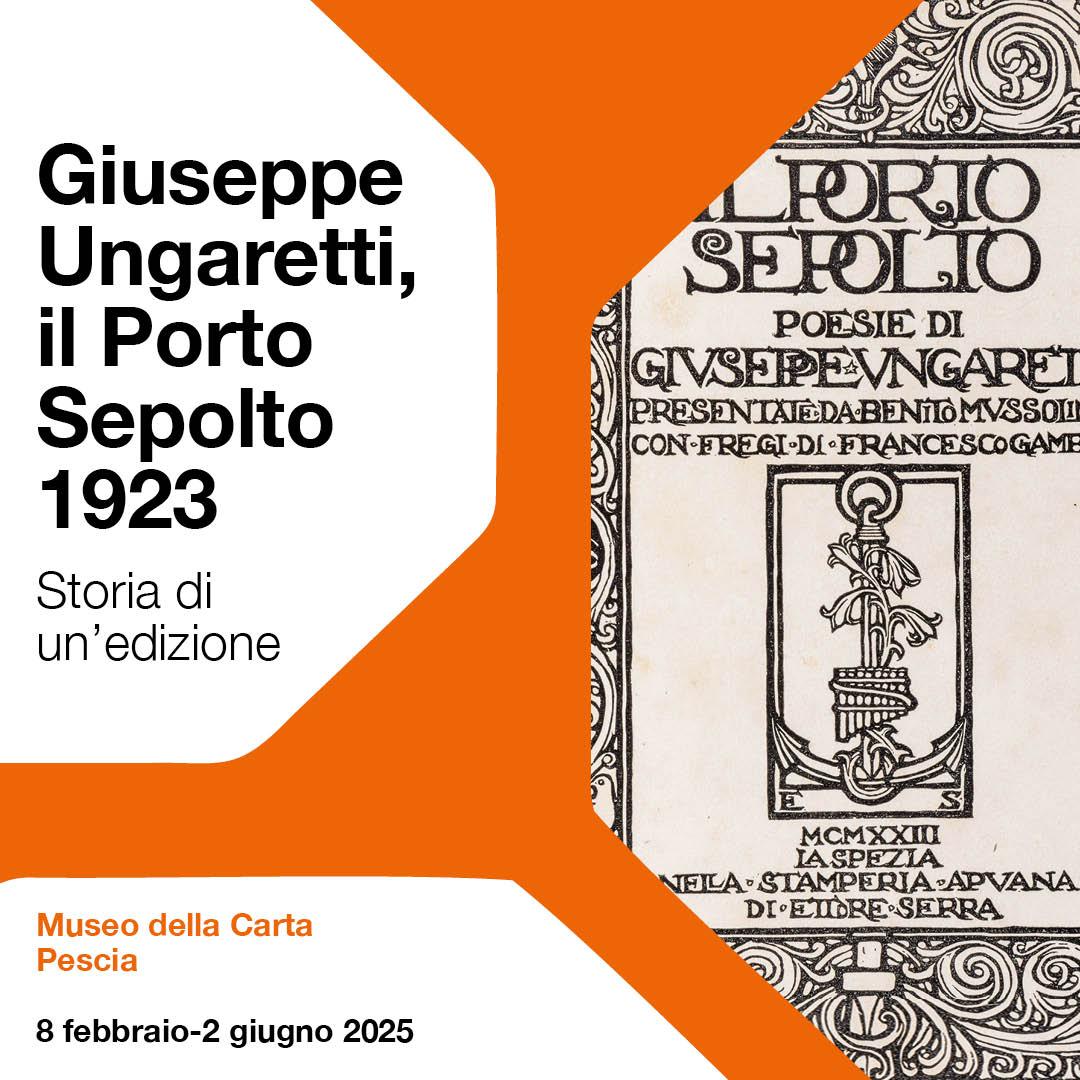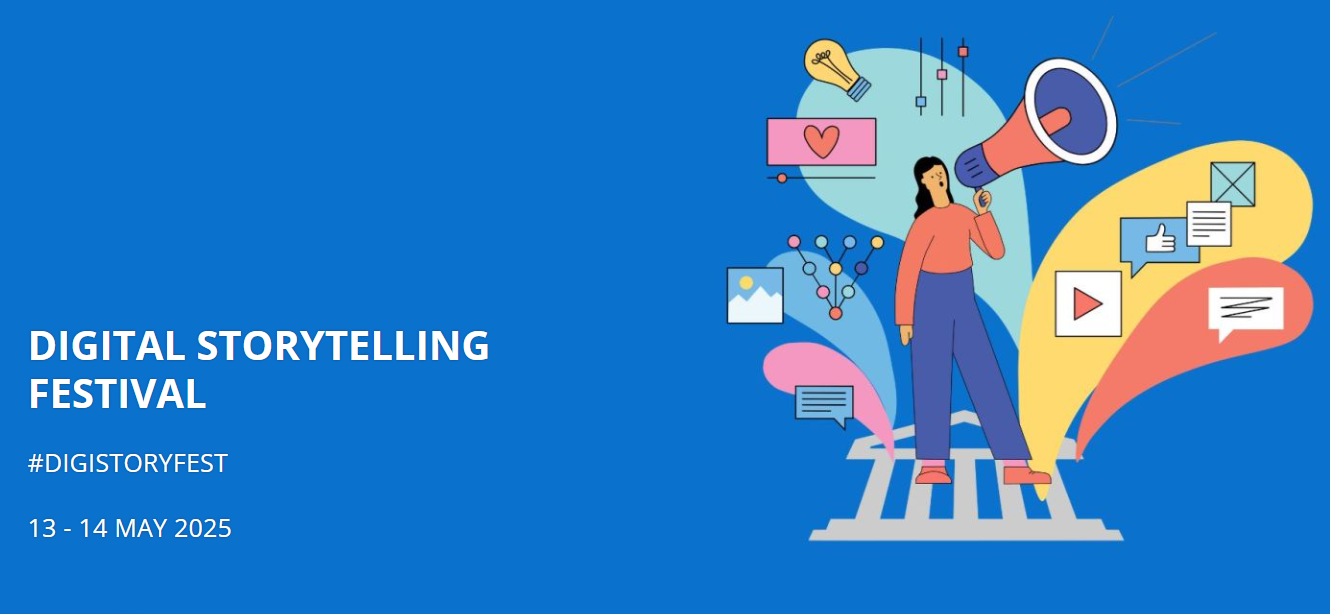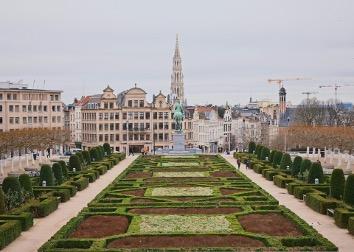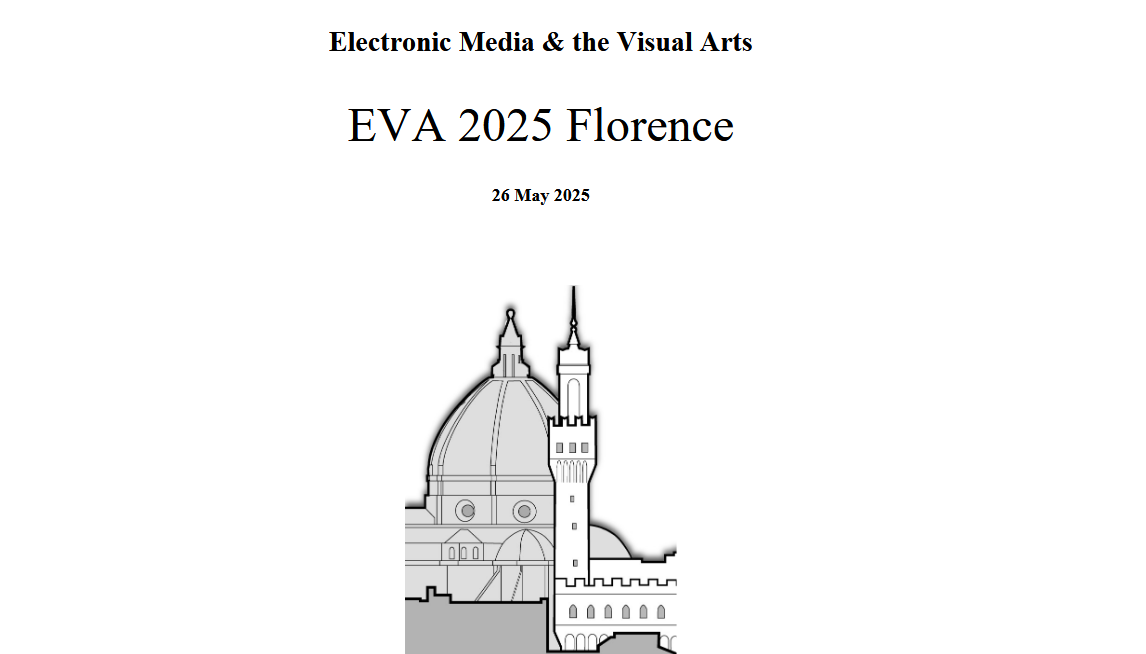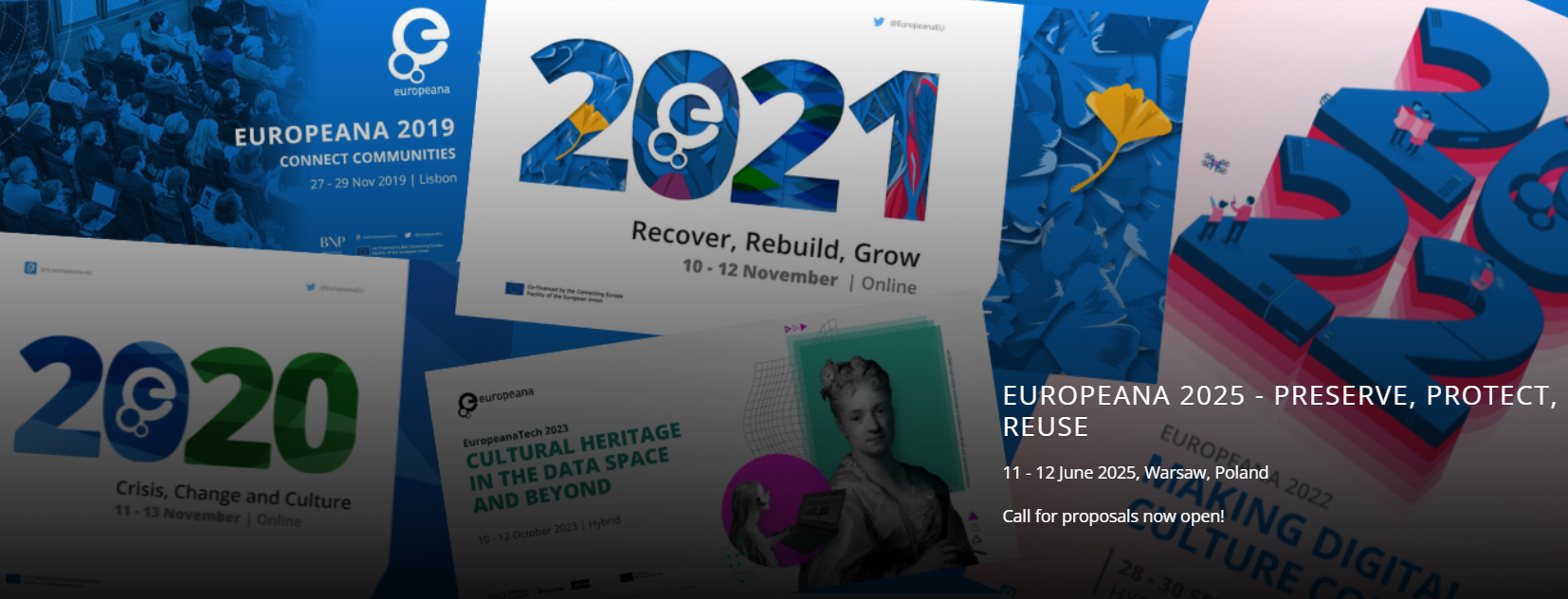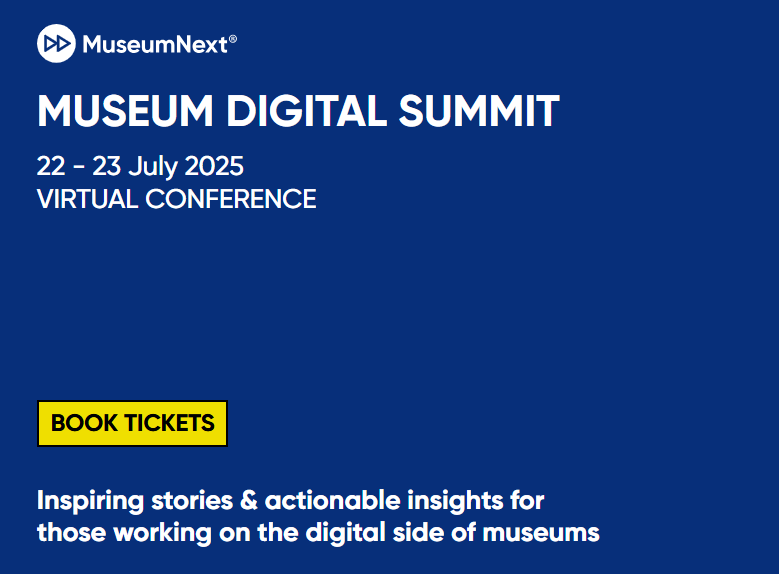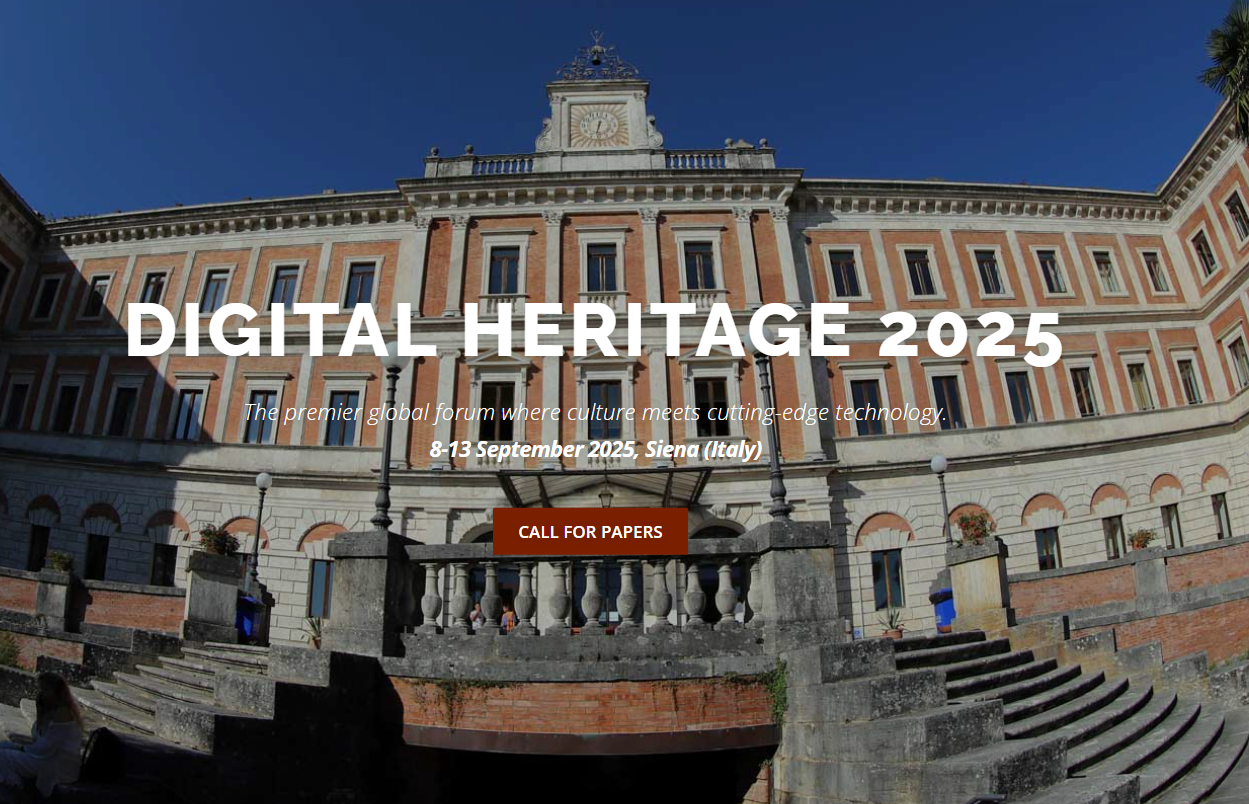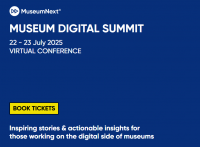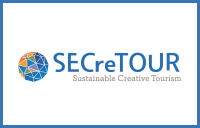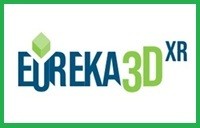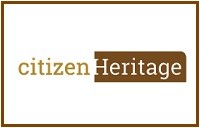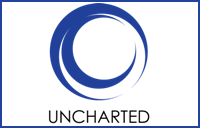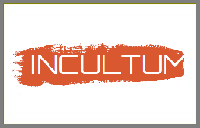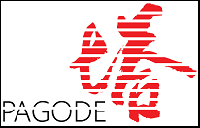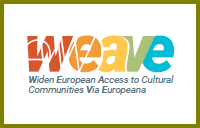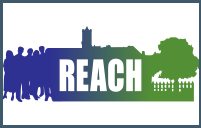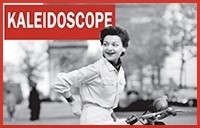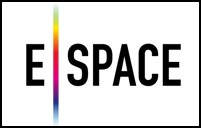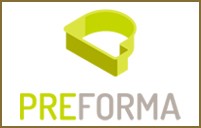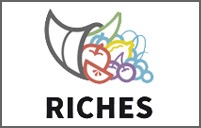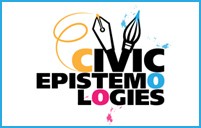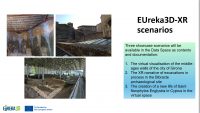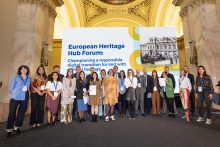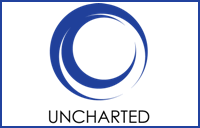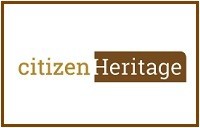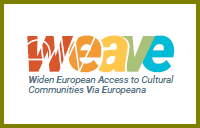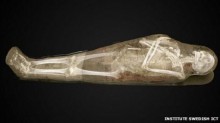 Medelhavsmuseet – the Museum of Mediterranean and Near Eastern Antiquities in Stockholm will digitally place human mummies on a virtual autopsy table. The work is taking place in advance of a new exhibition on Egypt, which is due to open in 2014 at Medelhavsmuseet.
Medelhavsmuseet – the Museum of Mediterranean and Near Eastern Antiquities in Stockholm will digitally place human mummies on a virtual autopsy table. The work is taking place in advance of a new exhibition on Egypt, which is due to open in 2014 at Medelhavsmuseet.
Six of the museum’s mummies were x-rayed using the CT scanner at Linköping University Hospital, in the framework of a collaboration with Interactive Institute Swedish ICT, Visualization Center C and CMIV in Norrköping/Linköping.
The project is based on current research within visualisation and interaction design, and its goal is to connect research and cultural history with the help of the latest technology, in the form of interactive visualisation.
“Using the table we can describe the individual’s health and fate, the mummification process and the ancient Egyptians’ assumptions about the life thereafter.” said Sofia Häggman, Egyptologist at Medelhavsmuseet.
3D digital models will be generated by compiling data from photos and X-ray scans for the mummies and their associated sarcophagi. By combining the very latest techniques in computed tomography, laser scanning and photogrammetry, the user experience will be upgraded to an incredible level of realism. It will be possible to zoom into very high resolution to see details like carving marks on a sarcophagus, and the true colors of the mummy. The 3D model also allows to “unwrap” a mummy by peeling off virtual layers of the wrapping to explore the mummy itself and the artifacts that were buried with the body.
“We can literately create a virtual copy of the mummy. This version could be shared with other museums, be used for research or be part of an interactive visitor experience,” said Thomas Rydell of the Swedish Interactive Institute. “In this project we are working with mummies, but the same methods could of course be used on large variety of objects, such as natural history objects and other historical artefacts.”
The museum’s mummies are of great interest to the general public, and are the focus of many visits, by adults and children alike. With the help of the visualisation table, originally developed for healthcare, the museum visitors will be able to discover the mummies in detail, easily and intuitively investigate complex data, which would normally only be available to researchers. It is already planned for the spring of 2014 a permanent exhibition of ancient Egyptian civilization, including the 3D digital models of the mummies.
“The technology will enable our visitors to gain a deeper understanding of the men and women inside the mummy wrappings,” said Elna Nord, producer of the exhibition. “Layer by layer, the visitor can unwrap the mummy and gain knowledge of the individual’s sex, age, living conditions and beliefs. With help from the technology, the mummies become so much stronger mediators of knowledge of our past.”
More:
http://www.best-news.us/news-4805588-Mummy-3d-models-reveal-his-true-colors-Figure.html
http://www.bbc.co.uk/news/science-environment-23045904



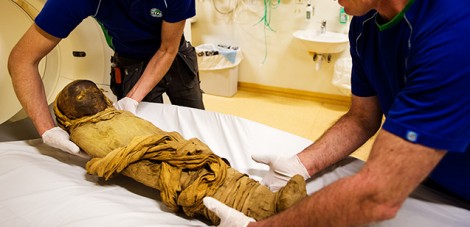
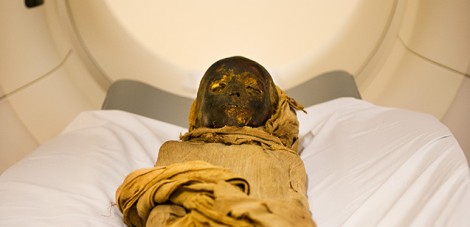
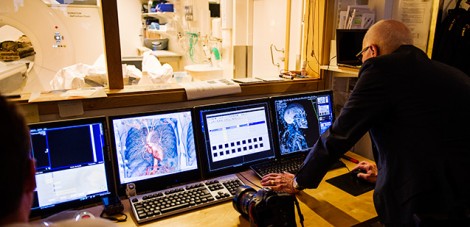

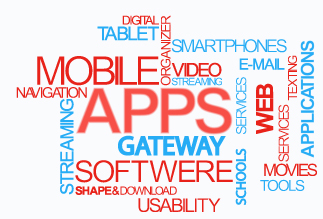 Introduction:
Introduction: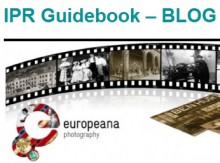
 In the framework of EuropeanaPhotography, an on-line support service and a blog was recently implemented by University of Patras, developed according to the partner’s needs and now available for anyone interested or in need for a specialized support.
In the framework of EuropeanaPhotography, an on-line support service and a blog was recently implemented by University of Patras, developed according to the partner’s needs and now available for anyone interested or in need for a specialized support.
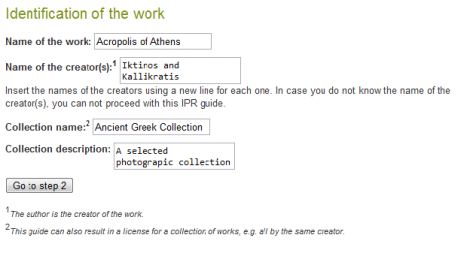
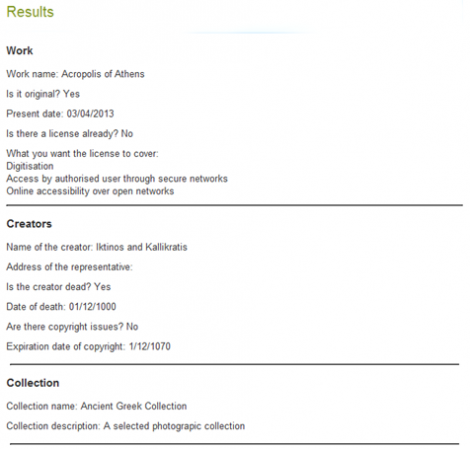
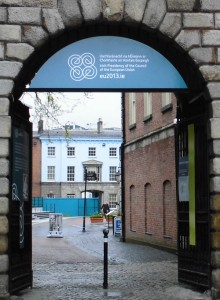
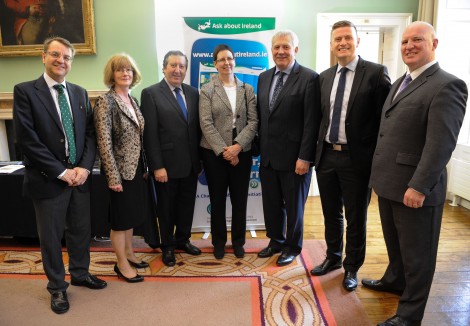
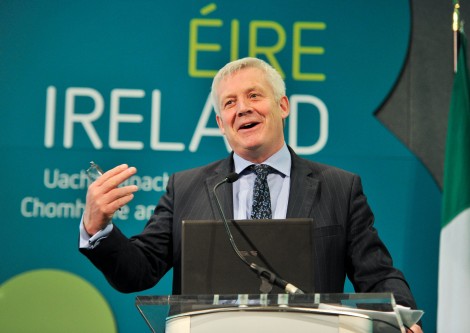
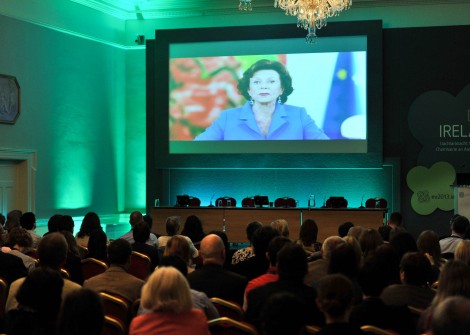
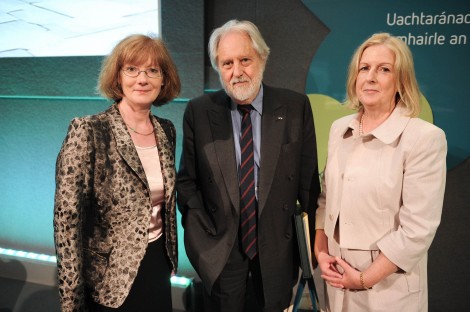









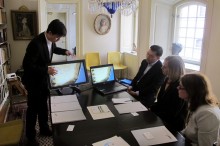


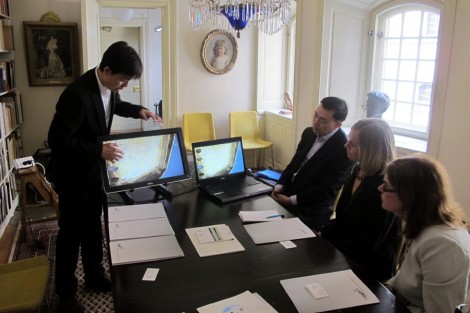

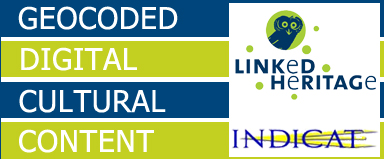 This new book Geocoded Digital Cultural Content, edited by Franc J. Zakrajsek and Vlasta Vodeb (with a foreword curated by
This new book Geocoded Digital Cultural Content, edited by Franc J. Zakrajsek and Vlasta Vodeb (with a foreword curated by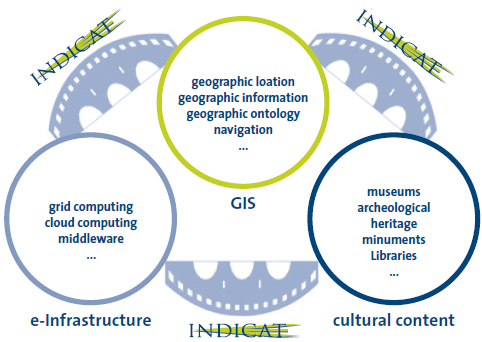

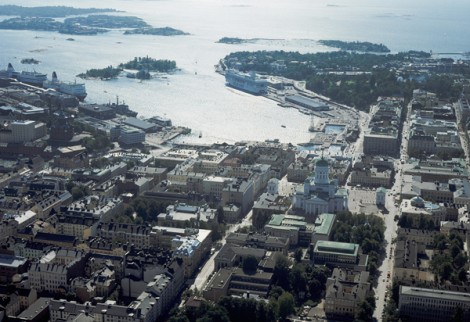 TERENA and SURFnet has organized the second VAMP workshop on September 30th & October 1st, 2013 in Helsinki, Finland.
TERENA and SURFnet has organized the second VAMP workshop on September 30th & October 1st, 2013 in Helsinki, Finland.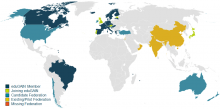
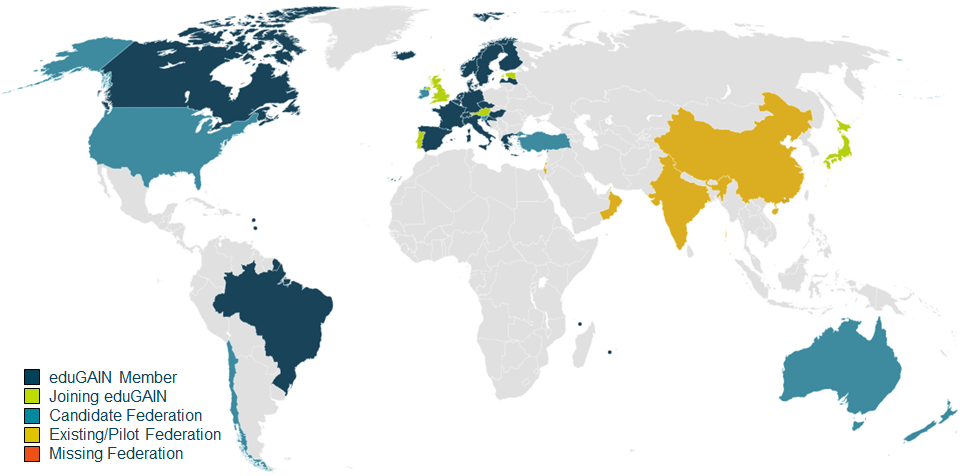
 IDEM* (federated IDEntity Management for service access) frees reasearchers, teachers and students from managing their multiple credentials necessary to access web services.
IDEM* (federated IDEntity Management for service access) frees reasearchers, teachers and students from managing their multiple credentials necessary to access web services.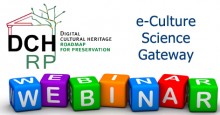

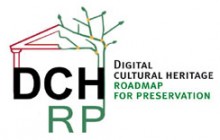
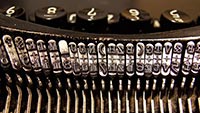 If you have interesting news and events to point out in the field of digital cultural heritage, we are waiting for your contribution.
If you have interesting news and events to point out in the field of digital cultural heritage, we are waiting for your contribution.
